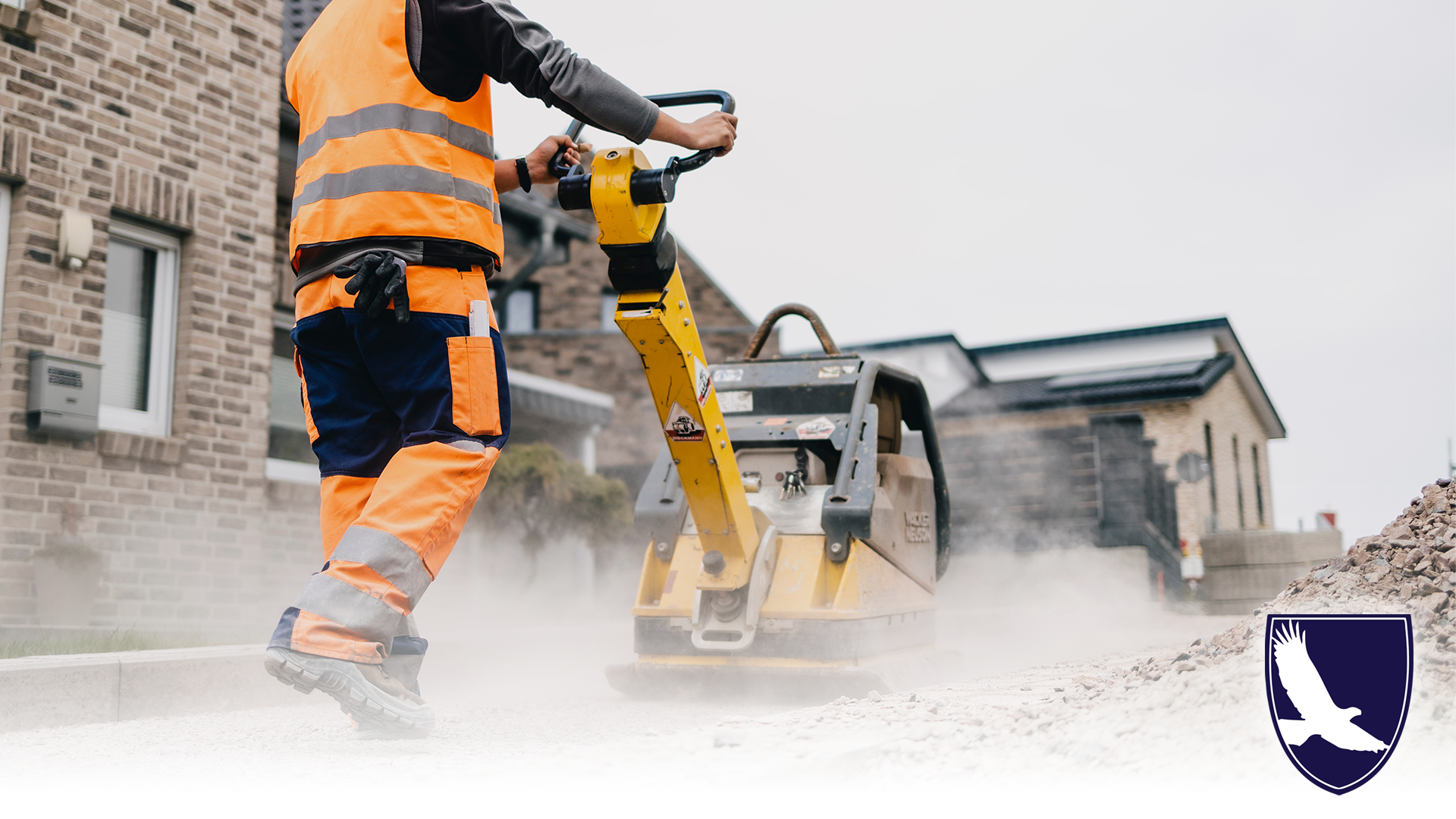What Are Exertional Requirement Classifications?
SSA classifies all jobs into five categories: sedentary, light, medium, heavy, and very heavy

The Department of Labor (DOL) classified jobs within the national economy into the Dictionary of Occupational Titles (DOT). Within this database, jobs are rated dependent upon both exertion and skill requirements. The exertional requirement classifications describe how much a person must be able to lift, sit, stand, walk, carry, push, and/or pull in order to perform their duties. These are strength related demands. The Social Security Administration (SSA) uses these classifications, as well as non-exertional classifications and Residual Functional Capacity (RFC) assessments, to determine whether or not an applicant is disabled under their rules.
Exertional requirement categories
The DOL has defined the exertional requirement categories as follows:
Sedentary
A sedentary job requires lifting a maximum of 10 pounds and occasionally lifting or carrying articles including docket files, ledgers, and small tools. In a standard 8-hour work day, a sedentary position would require an employee to sit for about 6 hours of the day and walk or stand for a maximum of 2 hours. A sedentary position requires good use of the hands and fingers.
Light
A job categorized as light requires lifting a maximum of 20 pounds and frequent lifting of 10 pounds. Light positions require a “good deal” of walking and standing, but employees are mostly sitting. Some pushing and pulling may also be required. In this category, frequent is defined as one to two thirds of a work day.
In general, an employee would be required to stand and walk for about 6 hours of an 8 hour work day and sit for the remaining 2 hours. Jobs categorized as light would also require use of the arms and hands to grasp, hold, and turn objects. If it is determined you can perform light work, you can perform sedentary work as well.
Medium
Medium work requires lifting a maximum of 50 pounds and frequently lifting 25 pounds. Standing and walking occur off and on for about 6 hours throughout an 8 hour work day, while intermittently sitting for the remaining 2 hours. If it is determined you can perform medium work, you can perform light and sedentary work as well.
Heavy
Heavy work requires an employee to lift a maximum of 100 pounds and to frequently lift 50 pounds. If it is determined you can perform heavy work, you can perform medium, light and sedentary work as well.
Very Heavy
Very heavy work requires lifting objects 100 pounds or greater and lifting objects weighing 50 pounds on a regular basis. If it is determined you can perform very heavy work, you can perform heavy, medium, light and sedentary work as well.
If you believe you are unable to perform a job within any of the above classifications, you may be eligible to receive Social Security Disability (SSDI or SSI) benefits. Call now for a free case evaluation!
Share via:
HIRE AMERICA'S DISABILITY EXPERTS NOW
If you need disability benefits, hire Quikaid now. You will not regret it. We will do everything possible to get your claim approved.
Sign our contract now online, complete our Free Case Evaluation, or call (800) 941-1321 so we can start the process of getting you approved for benefits! You have nothing to lose, and everything to gain.
The time to get started is NOW!




